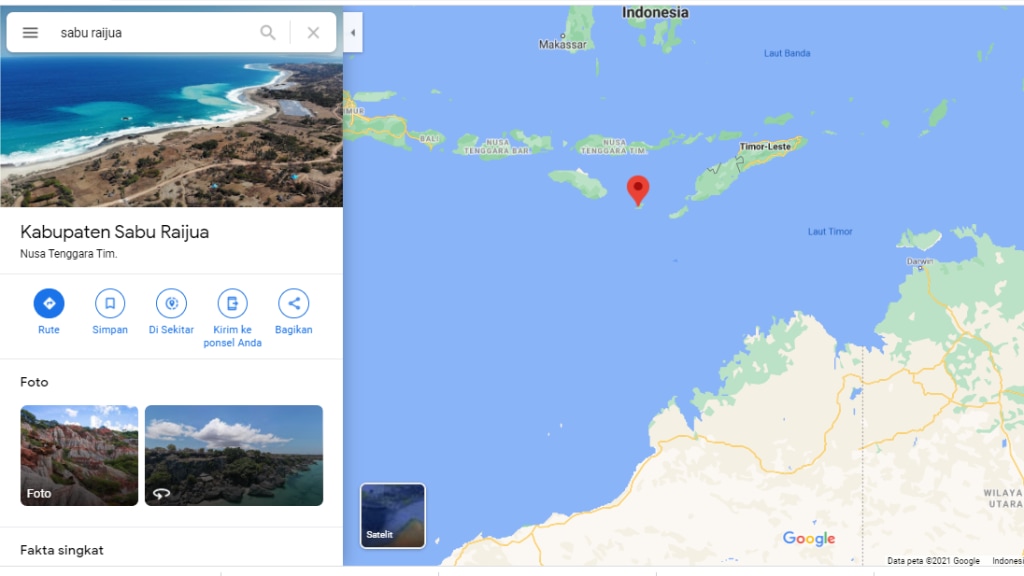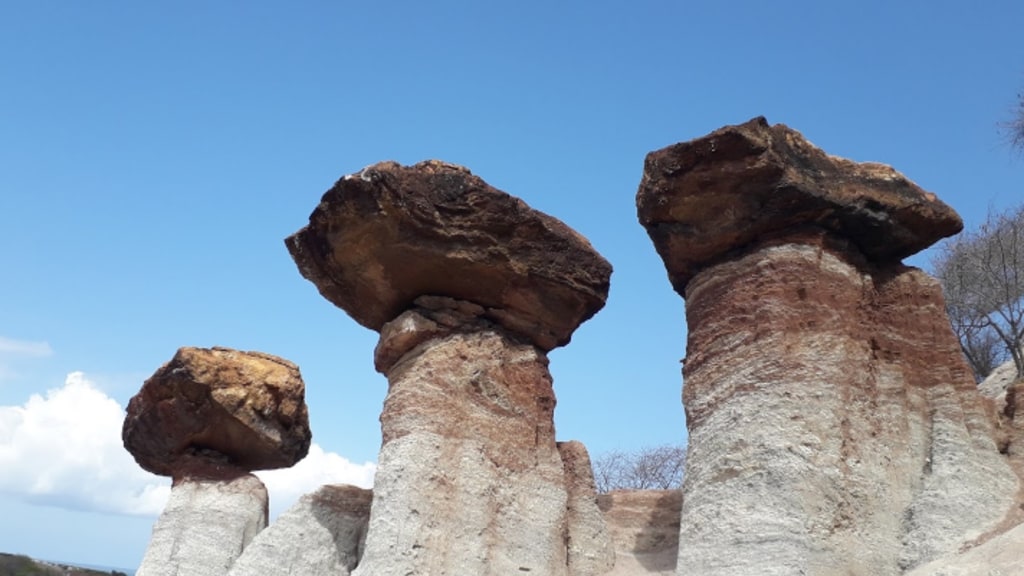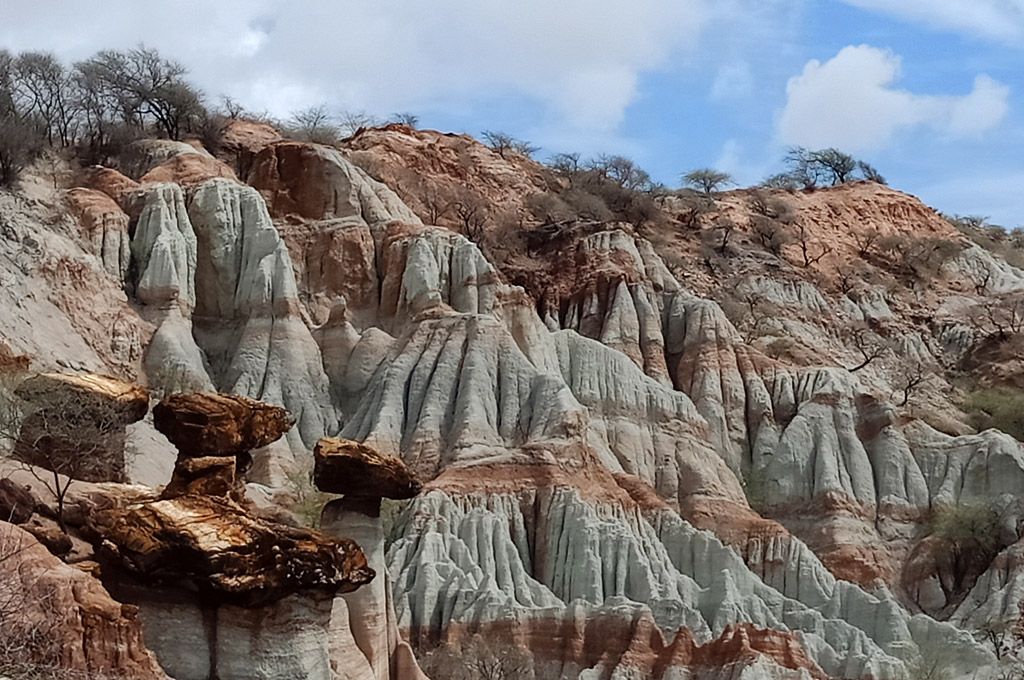


According to history, the ancestors of the Sabu people came from a very distant country which is located in the west of the island of Sabu. In the 3rd century until the 4th century there was a fairly large population movement from South India to the Archipelago. The migration was due to the fact that at that time there was a prolonged war in South India. From ancient poems in the Sabu language, historical information can be obtained about the country of origin of the Sabu ancestors. The poems reveal that the land of origin of the Sabu people is located very far across the ocean to the west called Hura. In India there is Surat City in the South Gujarat region which is located next to Bombay City, Cambay Bay, South India. The city of Gujarat at that time was already famous as a trading center in South India. The Sabu people cannot pronounce the words Surat and Gujarati properly, so they call it Hura. These immigrants from South India became the first inhabitants of Raijua Island under the leadership of Kika Ga and his brother Hawu Ga. The descendants of Kika Ga are called the Sabu people (Do Hawu). After mating, they then spread on the islands of Sabu and Raijua and became the forerunner of the Sabu people.

In 2021, the population of Sabu Raijua district is 93,995 people, with a density of 204 people/km². The percentage of the population of Sabu Raijua based on their religion, namely Christianity 99.22%, Protestant 96.55% and Catholic 2.67%. Then Islam 0.70% and Hinduism 0.06%. While the adherents of the Jingi Tiu belief are estimated at 6.19%, an old belief of the Sabu people, before Christianity entered the area. The original traditional belief of Sabu Island is called Tjingi Tiu, namely worshiping gods and it is believed that these gods lower various rocks as a medium. communicate and perform rituals. These megalithic stones are located in the middle of the village and are generally round and large.
Kelabba Madja is a tourist attraction that naturally has rainbow colors, namely white, brown, blue, and red. At the top of the hill there are three stones that symbolize father, mother, and child, and are referred to by local people as the Stone of Balance. There is still a unique place, namely Snow Hill, which is a nature reserve because the white color of these hills is like snow, but is actually white chalk. Other tourist objects that can be visited are places that are dominated by cultural tourism and beach tourism. There are several tourist objects that are well known by local tourists, namely:
1. Seba Beach and Napae Beach
2. Various traditional ceremony events
3. Rai Mea Beach
4. Bollow Beach
5. Namata Traditional Village
6. Liemadira Cave
7. Cemara Beach
8. Liae beach
9. Raekore Plateau
10. Maballa Cave
11. Kepo beach
12. Ege Beach
13. Kebila Beach
14. Mangrove Forest
15. The Kings Palace (Tennihawu)
16. Kuji Ratu Traditional Village
17. Skeber Prayer Garden